What is a personal alarm?A personal alarm or emergency alarm is a small hand-held electronic device with the functionality to emit a loud siren-like alarming sound. It is activated either by a button, or a tag that, when pulled, sets the siren off. How do you operate the alarm in an emergency? There are many different ways to activate different types of alarms, including push caps, push buttons, and pull out pins. How fiddly is it to activate? Do you have problems using your hands or fingers? Can it be activated simply by yanking your keychain? These are all important considers when choosing your alarm or when practicing. The purpose of a personal alarm:The primary purpose of a personal safety alarm is to shock, distract or disorient a criminal, giving you vital seconds to get away. It is a common misconception that alarms will attract others, however, if there is no one around you, no one will be able to help. Are personal alarms effective?Evidence suggests that sounding an alarm often succeeded in putting criminals to flight. In one study, 68% of criminals ran away empty-handed as soon as an alarm was heard. eAlarmGPS Features & Benefits:Our latest innovation, the eAlarmGPS provides some unique features.
Personal Safety Kicks Up Several Notches With This Brilliant But Simple Invention" -Huffington Post Interested in learning more about personal alarms?
Read: How to choose the best personal alarm https://www.basu.com/blog/how-to-choose-the-best-personal-alarm#/ There are many different types of personal alarms. Choosing the best one for you can sometimes be tricky. Here are some tips to help you make the right choice. The purpose of a personal alarm:The purpose of a personal safety alarm is to shock, distract or disorient an attacker, giving you vital seconds to get away. Important Features:The most important feature of an alarm is the sound it emits. If an attacker is to be shocked enough to leave you alone, this sound needs to be as loud and unpleasant as possible. It is a common misconception that alarms will attract others, however, if there is no one around you, no one will be able to help. - The most effective sound is a continuous non-stop siren that is over 120dB. - Your personal alarm should be easy to carry, and easy to set off. Portability is very important. - Instant activation is critical. Your personal alarm should take no longer than 1 second to activate. This is crucial. It does no good to carry an alarm that takes 2 or 3 seconds to activate. Every second is precious. Considerations:How do you operate the alarm in an emergency? There are many different ways to activate different types of alarms, including push caps, push buttons, and pull out pins. How fiddly is it to activate? Do you have problems using your hands or fingers? Can it be activated simply by yanking your keychain? These are all important considers when choosing your alarm or when practicing. When and How to Use a Personal Alarm:The primary function of an alarm is to shock, distract or disorient an attacker. 1. Set off the alarm. 2. Drop the alarm and make your escape. If the alarm is by the attackers feet, it may also act as a visual distraction. If the alarm malfunctions for any reason, or if the battery is depleted, dropping it on the floor will help create a visual distraction. Get to a crowded area as quickly as possible. Shout the specific instructions, "Call the Police!" This makes it clear that you are in danger and creates a clear CALL TO ACTION. Call 9-1-1 is also an acceptable instruction if you are in the United States. However, it is safer to remember and train your family to use "Call the Police" because it applies anywhere, in any country. Important Tips1. Once you have activated the alarm, leave the situation as quickly as possible. DO NOT wait to check that your alarm has had the desired effect - JUST GO.
2. A personal alarm is only one part of your personal safety plan. There are lots of ways you can help reduce the risk of being in a dangerous situation. 1. Travel in large groups when possible. This tips can seem obvious, but is often overlooked when in a hurry or commuting at odd hours. Many of us might be on our way to an after-work happy hour, or taking a night class, and commuting on our own (especially in big cities). Try to avoid commuting on your own when possible. Call a friend or roommate and see if you can get a commuting companion. It may be worth waiting and delaying your plans. Studies show us that muggers often target those commuting alone. This simple change may end up being a useful and beneficial daily habit that will keep you safe. 2. Send a location text to a friend or family member. Send a quick text with your location to a trusted friend or family member when going out on a date, going out with a new co-worker, or buying/selling an item through Craigslist or a similar website. Anytime you are meeting someone for the first time, or if you are invited to a social event in someone's home, it's a great idea to let someone you trust know where you are going and what time you expect to be home. You may trust the person who invited you, but you may not know the home owner or their intentions. Sending a text message is a very quick and good habit to keep that may end up saving your life. 3. Always keep your cell phone fully charged, or carry a portable charger if you expect to be out and about all day.
Wireless devices make about 80% of the roughly 240 million 911 calls placed in the U.S. each year, according to the trade group National Emergency Number Association. This means if you ever need to call 911, you have an 80% chance that you will be outside of the home on your cell phone. For this reason, it's essential to keep a phone charged or carry a portable charger. |
|
Looking for eAlarm? Shop at myeAlarm.com
|
GO AIR FORCE!
|
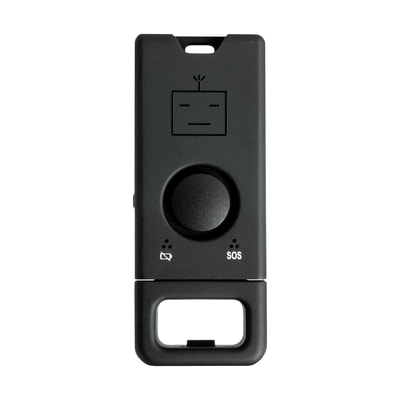
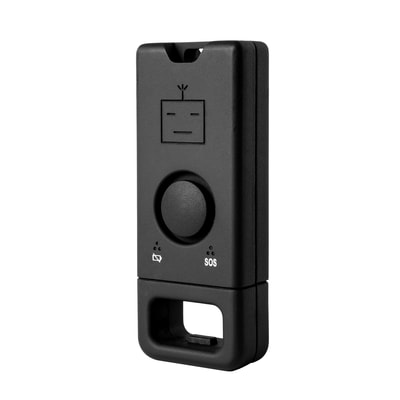
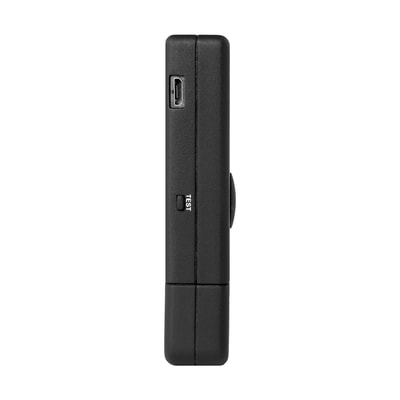
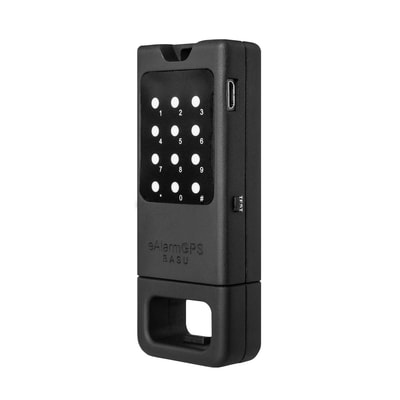
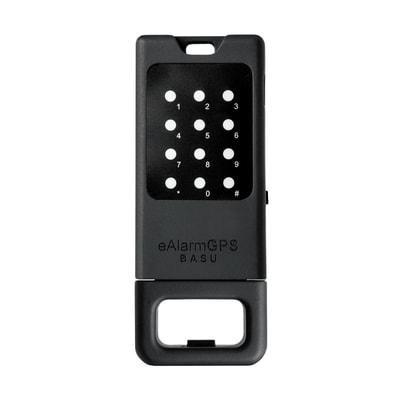
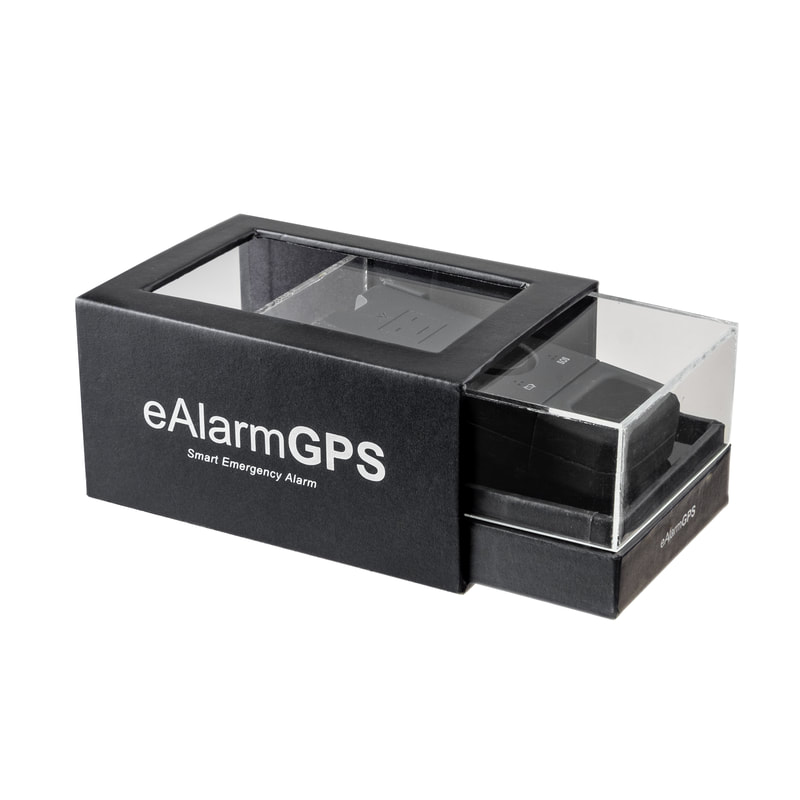
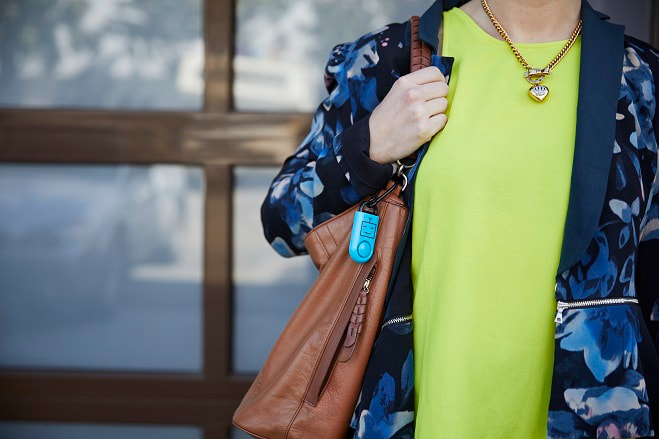

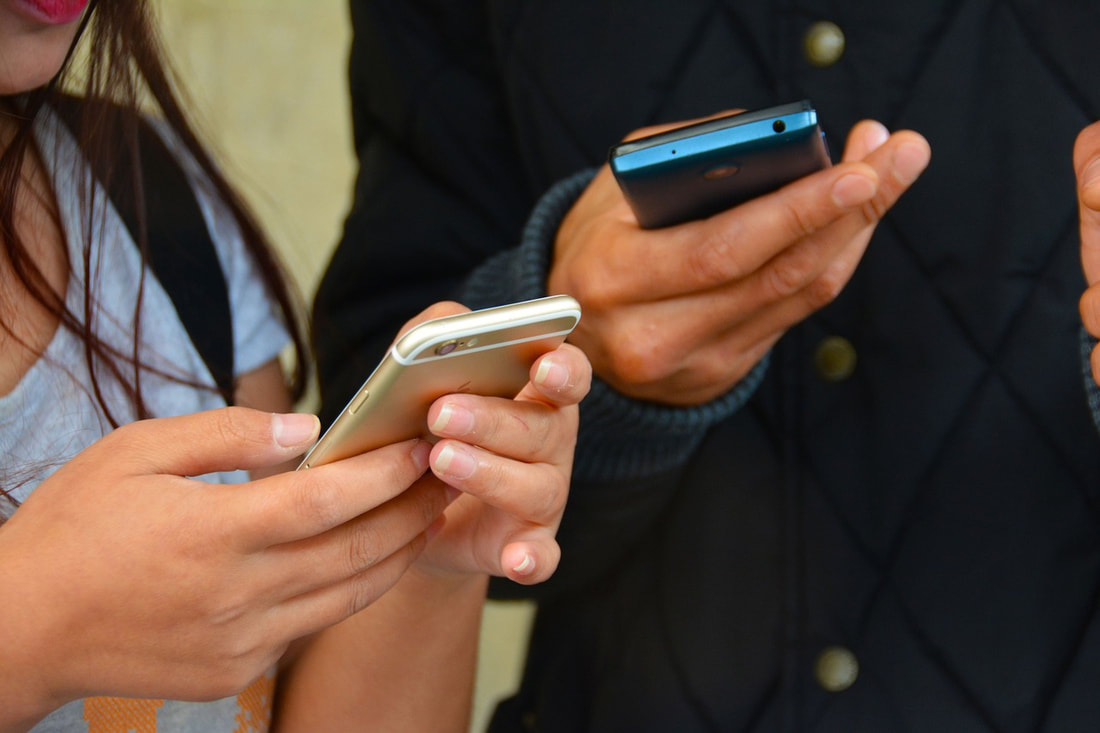
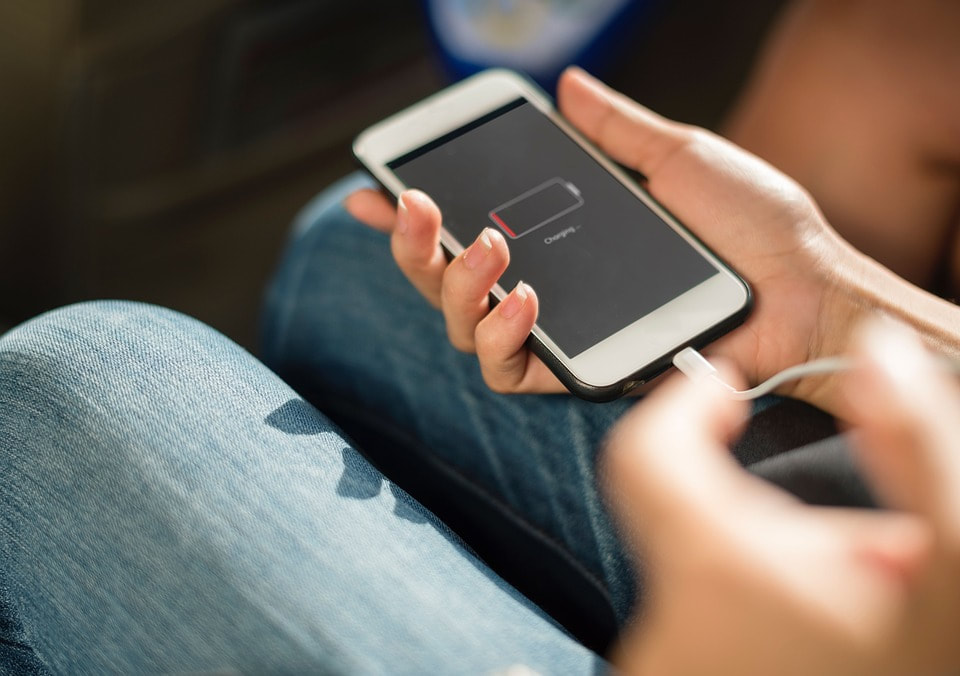
 RSS Feed
RSS Feed

